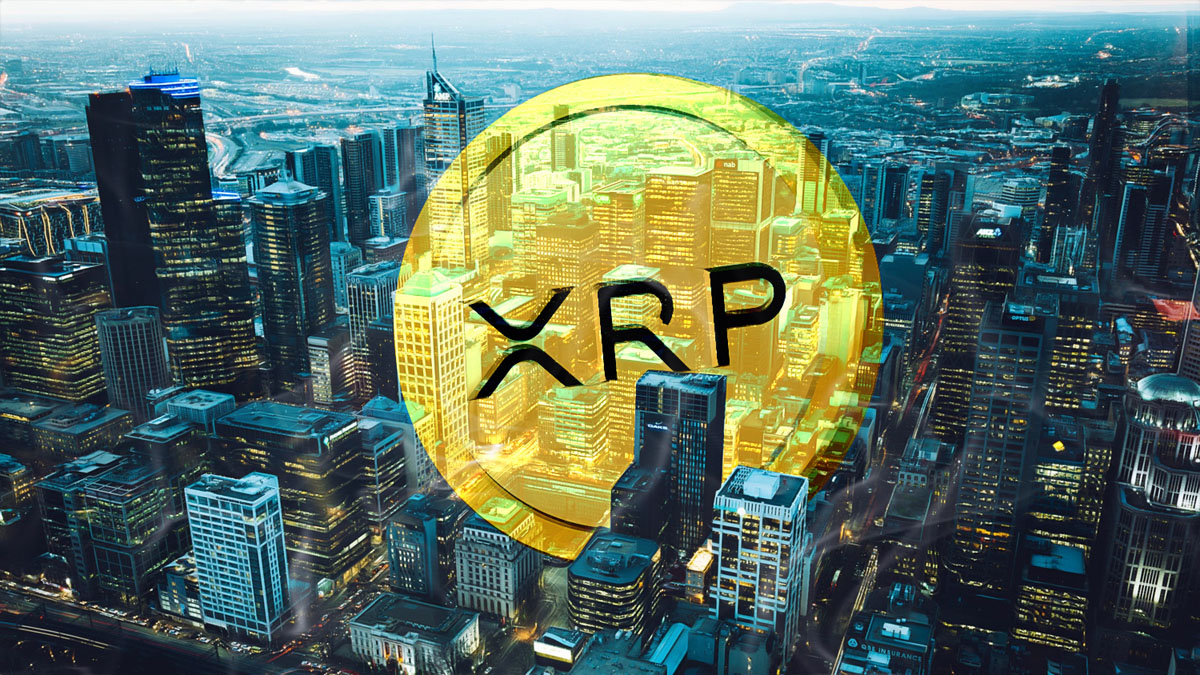Ethereum (ETH) experienced a significant increase in its burn rate last month, in line with the increase in its activity. The permanent removal of ETH tokens from circulation, which demonstrates the increasing usage and demand of Ethereum, contributes to the deflationary supply dynamics of Ethereum.
The burn rate has increased with the growing interest in decentralized applications (dApps). According to data from Ultrasound.money, approximately 92,831 ETH, with a value of around $193.55 million, has been burned in the last 30 days. Despite the general disinterest in NFTs since the beginning of the year, Ethereum reversed this trend with a significant monthly increase of 37% in trading volume in November.
This represents the first monthly increase in NFT trading volume for Ethereum since February. According to CryptoSlam data, the NFT trading volume reached $273 million in November. As an important indicator of growth in the DeFi ecosystem, Ethereum has seen a significant increase in total locked value (TVL) recorded in the last 30 days.
According to DefiLlama data, at the time of publication, Ethereum’s TVL was $35.56 billion and showed a 19% increase last month. The leading protocol on the chain, Lido Finance (LDO), recorded a 21% increase in TVL during this period.
Due to the increasing on-chain activity and gas fees in Ethereum, the native token, which used to be inflationary due to low activity, has now become deflationary. The increase in on-chain activity in Ethereum leads to higher ETH burn rates, creating a significant driving force for deflation. This decrease in token supply can be beneficial for the price. According to Ultrasound.money data, the ETH supply decreased by over 22,000 ETH just last month.












